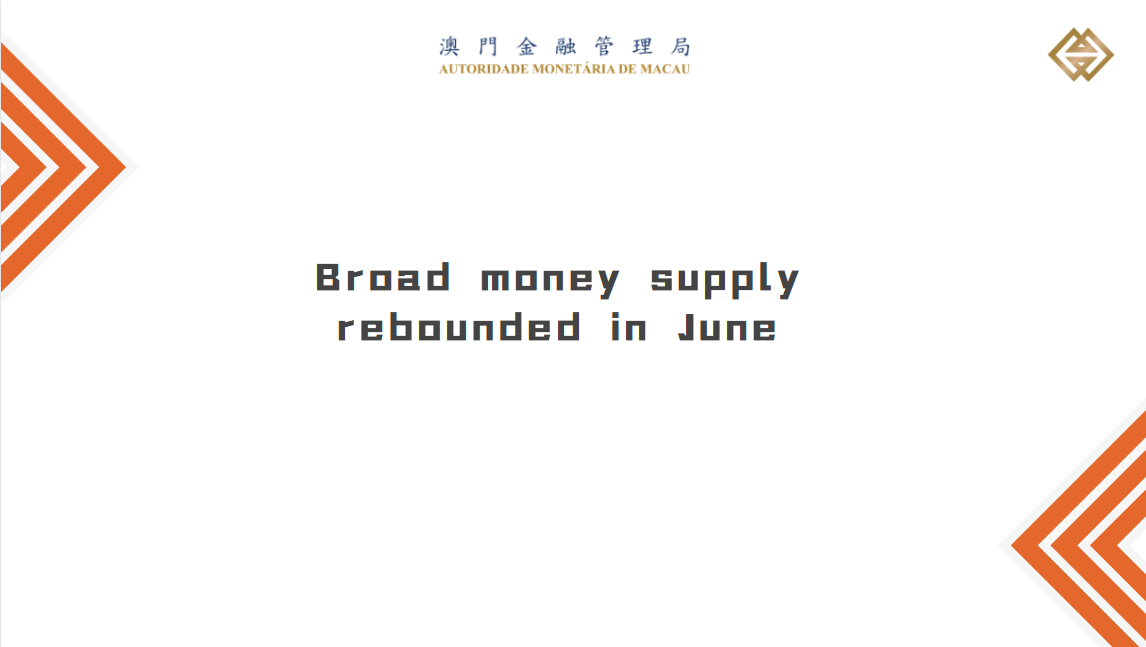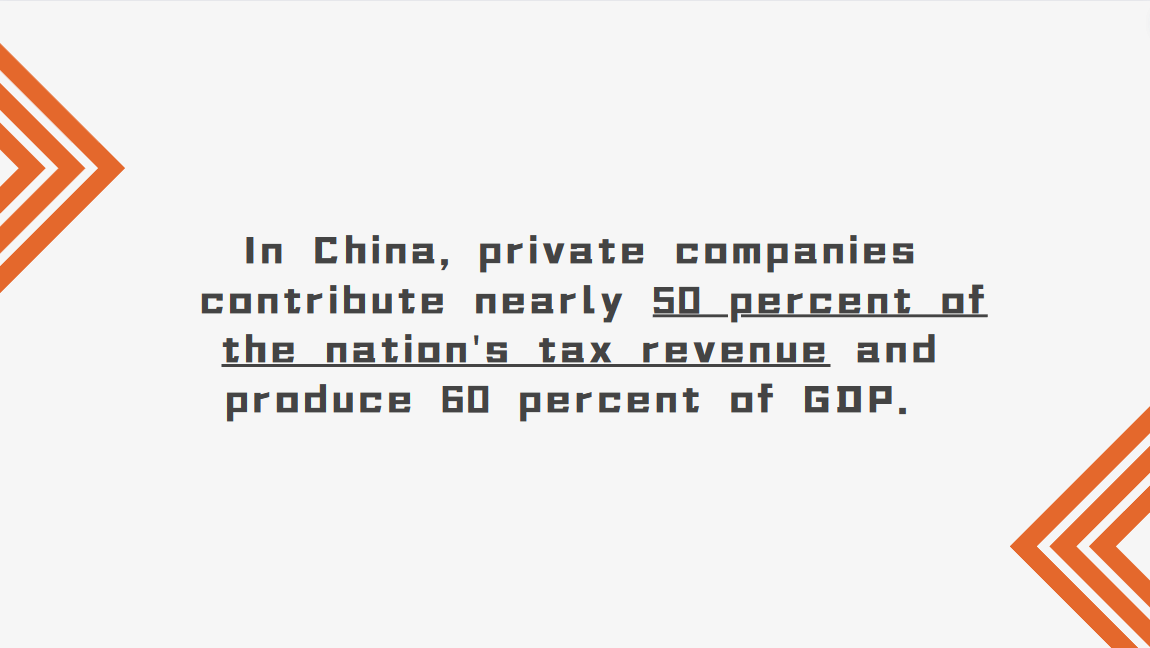Japan's Economy and Monetary Policy
Introduction
It is my pleasure to have the opportunity today to exchange views with leaders in administrative, economic, and financial areas in Chiba Prefecture. I would like to take this chance to express my sincere gratitude for your cooperation with the activities of the Bank of Japan.
Today, I will explain Japan's economic activity and prices, as well as the Bank's conduct of monetary policy.
I. Current Situation of and Outlook for Economic Activity
I will start by talking about Japan's economic developments. Japan's economy has recovered moderately. Economic activity in both the household and corporate sectors has improved steadily, as pent-up demand, i.e., demand that had been suppressed during the pandemic, has materialized. Japan's economy is likely to continue recovering moderately, supported for the time being by pent-up demand and subsequently by increases in wages and corporate profits. In the Bank's Outlook for Economic Activity and Prices (Outlook Report) released last week, it is projected that the economic growth rates will be in the range of 1.0-1.5 percent for fiscal 2023 and 2024 and around 1 percent for fiscal 2025 (Chart 1).
In what follows, I will explain developments in the household and corporate sectors. First, regarding the household sector, private consumption has increased steadily at a moderate pace, mainly for services such as accommodations as well as eating and drinking, as pent-up demand has materialized due in part to the reclassification of COVID-19 under the Infectious Disease Control Law (Chart 2). Recovery in inbound tourism demand has also been a tailwind for the face-to-face services industry.
In what follows, I will explain developments in the household and corporate sectors. First, regarding the household sector, private consumption has increased steadily at a moderate pace, mainly for services such as accommodations as well as eating and drinking, as pent-up demand has materialized due in part to the reclassification of COVID-19 under the Infectious Disease Control Law (Chart 2). Recovery in inbound tourism demand has also been a tailwind for the face-to-face services industry.
In addition to pent-up demand, what underpins the increase in private consumption is growing expectations for improvement in household income. The wage growth rate agreed in the annual spring labor-management wage negotiations this year marked its highest level in three decades, including the base pay increase (Chart 3). Until around early 2023, there were many who argued that, even if large firms were able to raise wages, it would be difficult for local small and medium-sized firms to do the same. However, concerns over the possibility of being unable to hire and retain employees without raising wages trumped that assumption, and wage increases were seen across a wide range of firm sizes. Obviously, this was attributable to severe labor shortages. Over the past decade, the year-on-year rate of change in employee income has remained at around 2-3 percent (Chart 4). Prior to the pandemic, the increase was driven by a rise in the number of employees. With the outbreak of the COVID-19 pandemic, however, the increase for the past two years or so has been led by a rise in wages, given the limited room for additional labor supply of women and seniors. The wage increases this spring, of course, partly reflect last year's price rises, but are also a result of overall labor market conditions. My assessment is that the basic structure of the labor market will be unchanged next year and beyond. This means that firms will continue to hold concern over labor shortages, but from the perspective of labor market conditions, the environment where wages are likely to increase will continue.
That said, private consumption has been affected by higher prices. For example, some supermarkets have pointed out that an increasing number of households have become defensive in their spending, as seen in a decline in the number of items purchased and a shift to lower-end products. This spending behavior is particularly evident for food and daily necessities, and consumption of these goods and other nondurable goods has been somewhat weak (Chart 5 [left chart]).
Even with higher prices, various confidence indicators related to private consumption have been improving to date, supported by an improving trend in employment and wage conditions (Chart 5 [right chart]). Regarding the outlook, it is necessary to carefully examine the balance among wages, prices, and private consumption, with particular focus on (1) whether wages will continue to increase sufficiently relative to prices, which have increased by more than expected, (2) whether such wage increases will be able to support private consumption in a sustained manner, and (3) whether this will then lead to sustained wage increases next year and beyond.
Turning to developments in the corporate sector, with central banks having rapidly raised their policy interest rates to contain inflation, the pace of recovery in overseas economies has slowed. Although Japan's exports and production have been affected by such developments in overseas economies, they have been more or less flat, mainly supported by a waning of the effects of supply-side constraints, such as on semiconductors used in automobiles. Meanwhile, corporate profits have been at high levels, and in this situation, business fixed investment has continued to increase moderately (Chart 6). Investment is projected to increase steadily in a wide range of areas, including investment to address labor shortages, investment in digitalization, investment to address climate change, and research and development (R&D) investment.
The largest risk to the outlook for the corporate sector is developments in overseas economies. The main scenario is that overseas economies will achieve a soft landing, where inflation rates around the world will gradually decline due to the effects of policy interest rate hikes and the economies will move toward a stable growth path without significant turmoil. That said, risks are significantly skewed to the downside; for example, there remains the risk of inflation rates staying elevated through wage increases, and financial conditions could tighten further through the financial system and the financial and capital markets. In March 2023, there were phases when problems in the financial system were of concern, triggered by the failure of Silicon Valley Bank (SVB) in the United States. Thereafter, such concern has eased as many have come to understand that failed banks were outliers that had unique business models, and because financial authorities responded swiftly to the failures. That said, given the rapid pace of policy interest rate hikes to date in the United States, it is inevitable that the impact of the rate hikes on the real economy and finance entails uncertainty. Regarding the Chinese economy, while progress toward the normalization of economic activity has been seen, the economy is experiencing a slowdown in its pace of pick-up due to the impact of global adjustments in the IT sector and prolonged adjustments in the real estate market. The employment and income situation has also been slow to recover, with attention being given to a high youth unemployment rate, for example, and recovery in private consumption has been somewhat weaker than was widely projected, despite the lifting of pandemic-related restrictions. There are significant uncertainties over the pace of pick-up in the Chinese economy ahead. It is necessary to pay due attention to the impact of these risks surrounding overseas economies on Japan's economic activity and prices, including on developments in financial and foreign exchange markets.






















































First, please LoginComment After ~